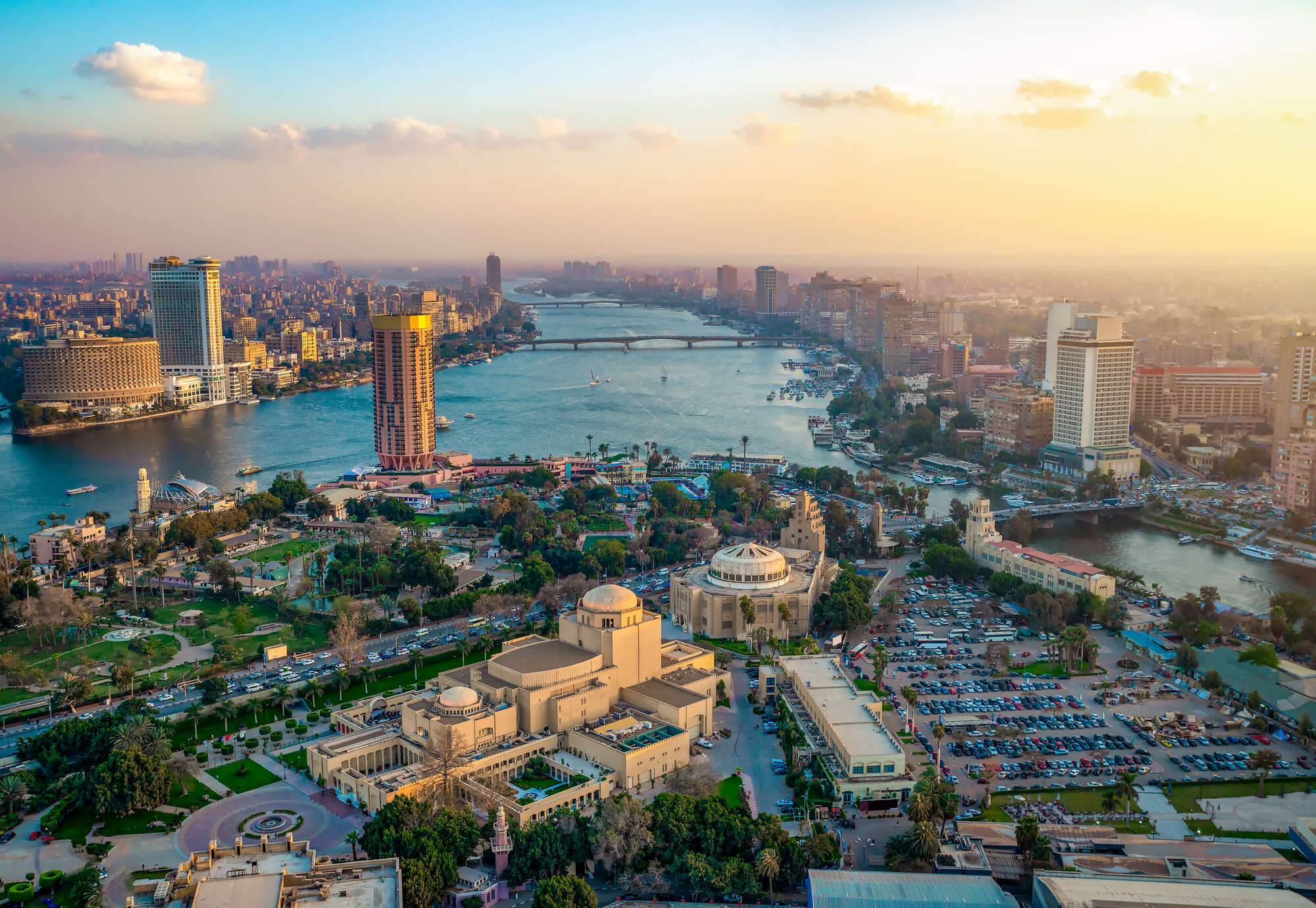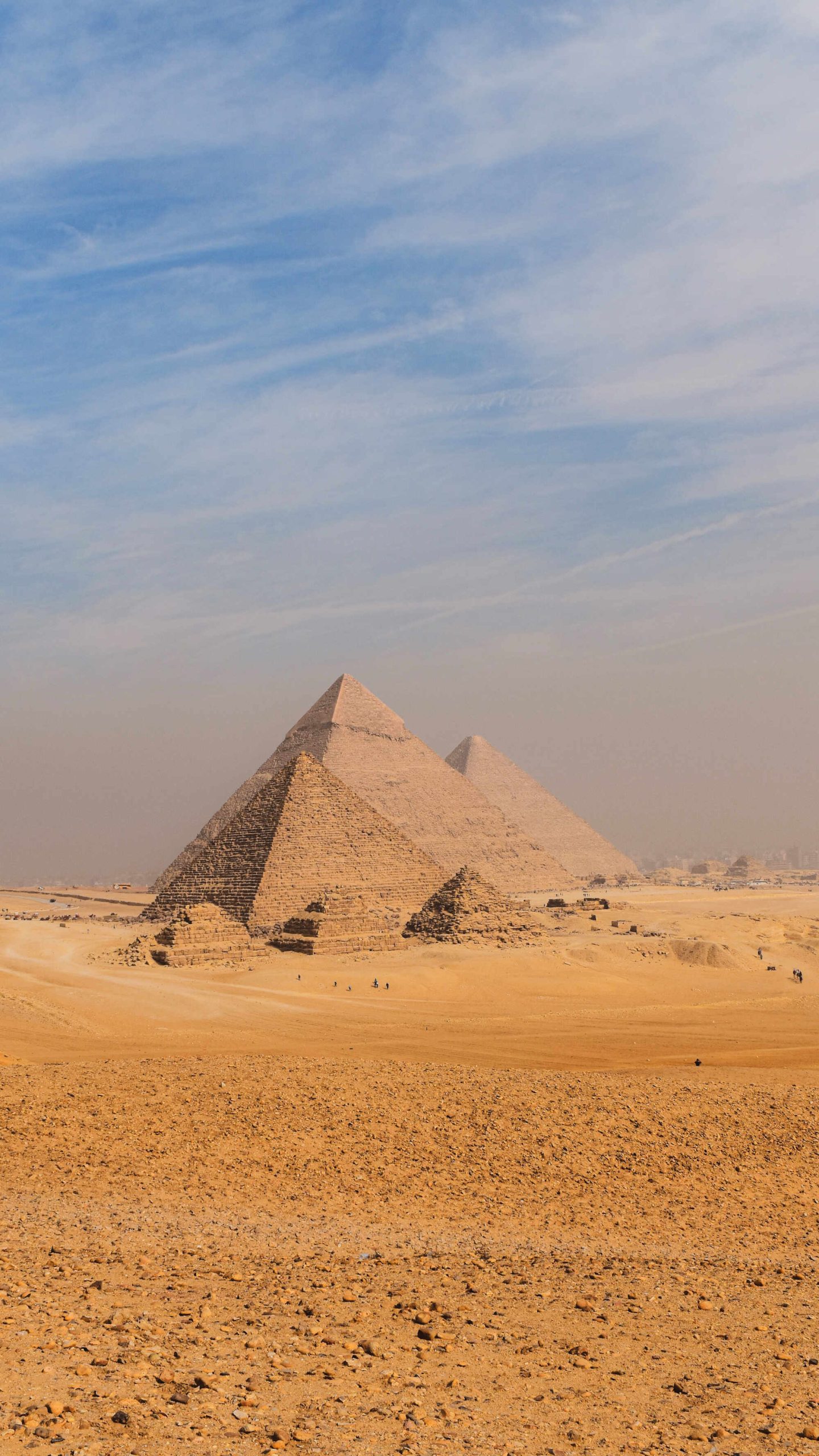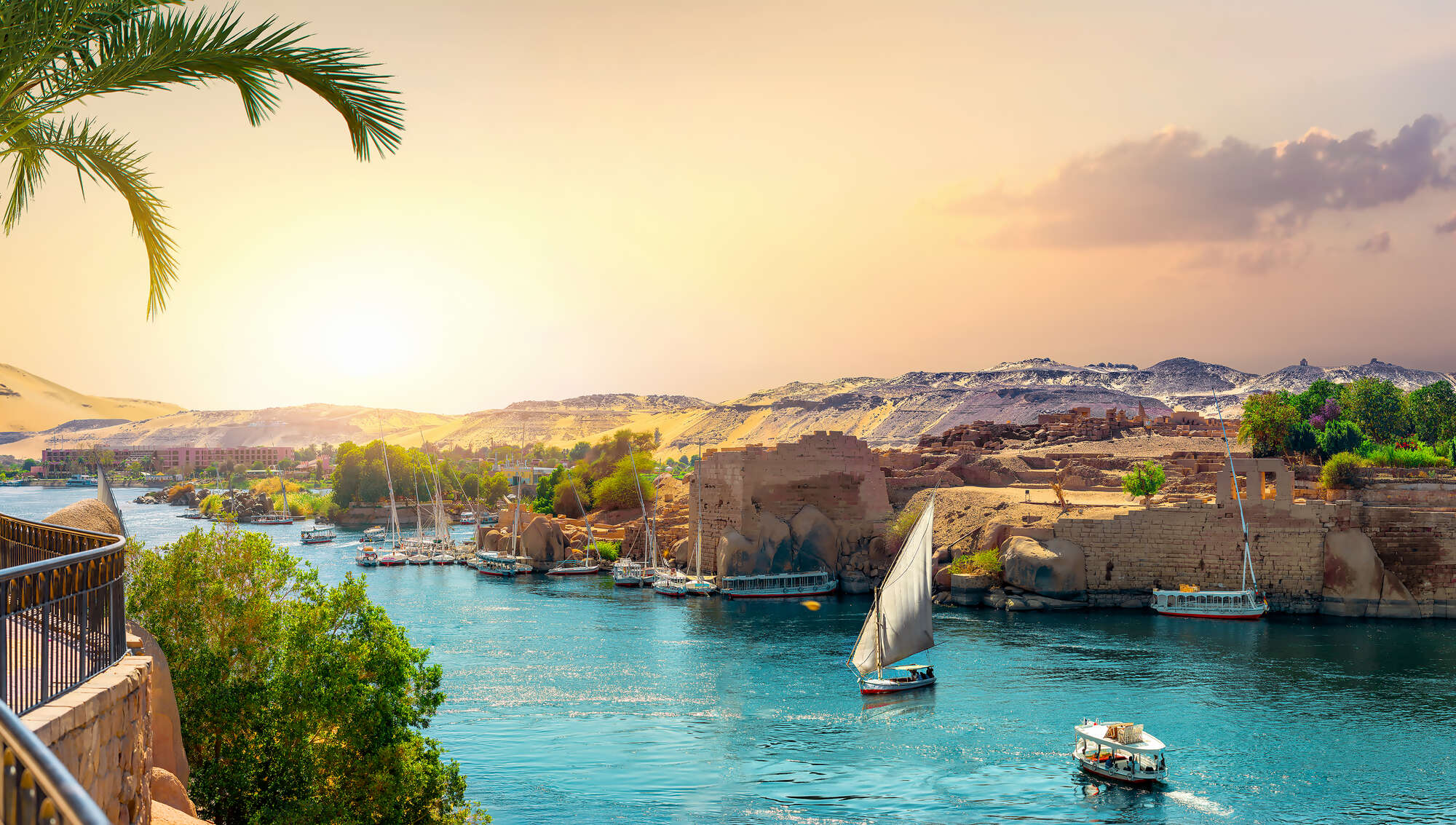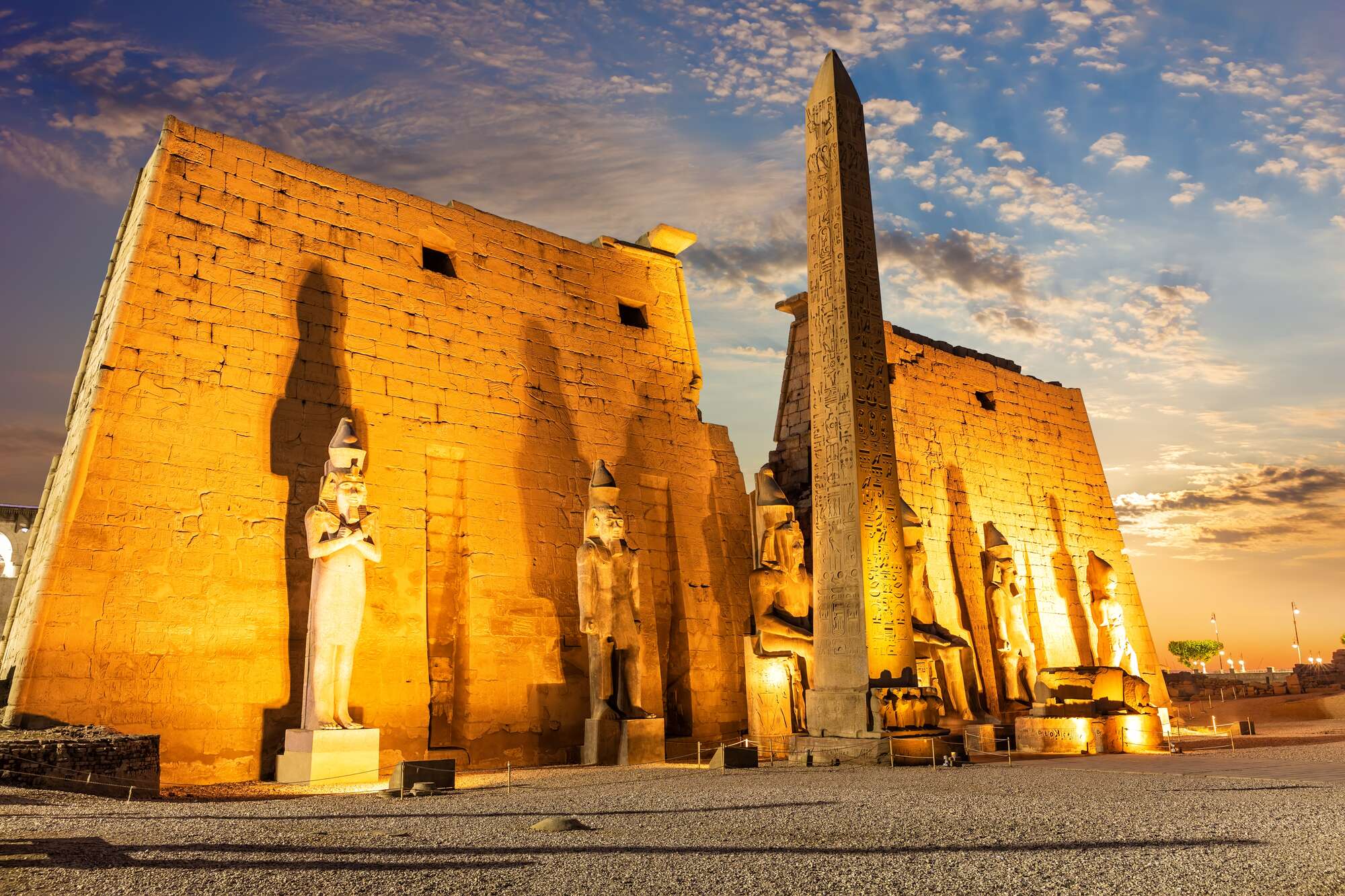

Egypt
Mystic. Royal. Vast.

CAIRO
Everyone recognizes the iconic Pyramids of Giza and the river Nile, but Egypt’s capital, Cairo, is a destination unto itself. The atmospheric, narrow lanes of the capital's Islamic Cairo district are crammed full of mosques, madrassas (Islamic schools of learning), and monuments dating from the Fatimid through to the Mameluke eras. This is where visitors will find the labyrinth shopping souk of Khan el-Khalili, where coppersmiths and artisans still have their tiny workshops, and stalls are laden with ceramics, textiles, spice, and perfume. Surrounding the market is a muddle of roads, home to some of the best-preserved architecture of the old Islamic empires. There is a wealth of history and culture to explore in Cairo, more than can ever be included in any single guidebook.

GIZA
Pyramids of Giza
The last surviving of the Seven Wonders of the Ancient World, the Pyramids of Giza are one of the world's most recognizable landmarks. Having awed travelers down through the ages, these tombs of the Pharaohs Cheops (Khufu), Chephren (Khafre), and Mycerinus (Menkaure), guarded by the enigmatic Sphinx, are usually top of most visitor's lists of tourist attractions to see in Egypt and often the main reason for visiting the country.

THE NILE RIVER
Egypt’s history and culture are defined by the Nile. For many visitors, a multi-day cruise upon this famed waterway that saw the rise of the Pharaonic era is a highlight of their Egypt trip. Cruising the Nile is also the most relaxing way to see the temples that stud the banks of the river on the route between Luxor and Aswan, plus sunrise and sunset over the date-palm-studded riverbanks, backed by sand dunes, is one of Egypt's most tranquil vistas.

LUXOR
Known as Thebes in ancient times, Luxor was the capital of Egypt’s New Kingdom pharaohs and is home to more sights than most can visit on one trip. While Luxor's East Bank holds the modern city, with its vibrant souq; the two temples of Karnak and Luxor; and the museum; the West Bank's lush farmland and barren cliffs are where the vast majority of Luxor’s ancient sights and attractions sit, with so many tomb and temple sights that it has been called the biggest open-air museum in the world.

RED SEA
Below the Red Sea's surface is another world as fascinating as the temples and tombs on land. he coral reefs of the Red Sea are renowned among scuba divers for both the soft corals on display and the vast amount of sea life, ranging from colorful reef fish and nudibranchs, to sharks, dolphins, turtles, rays, and even dugongs. For divers, the most famous town to base yourself in is Sharm el-Sheikh on the Sinai Peninsula.
sign up for our
Newsletter
Stay current with all the latest being offered from ATJ, as
well as updates on Asia Destinations.























